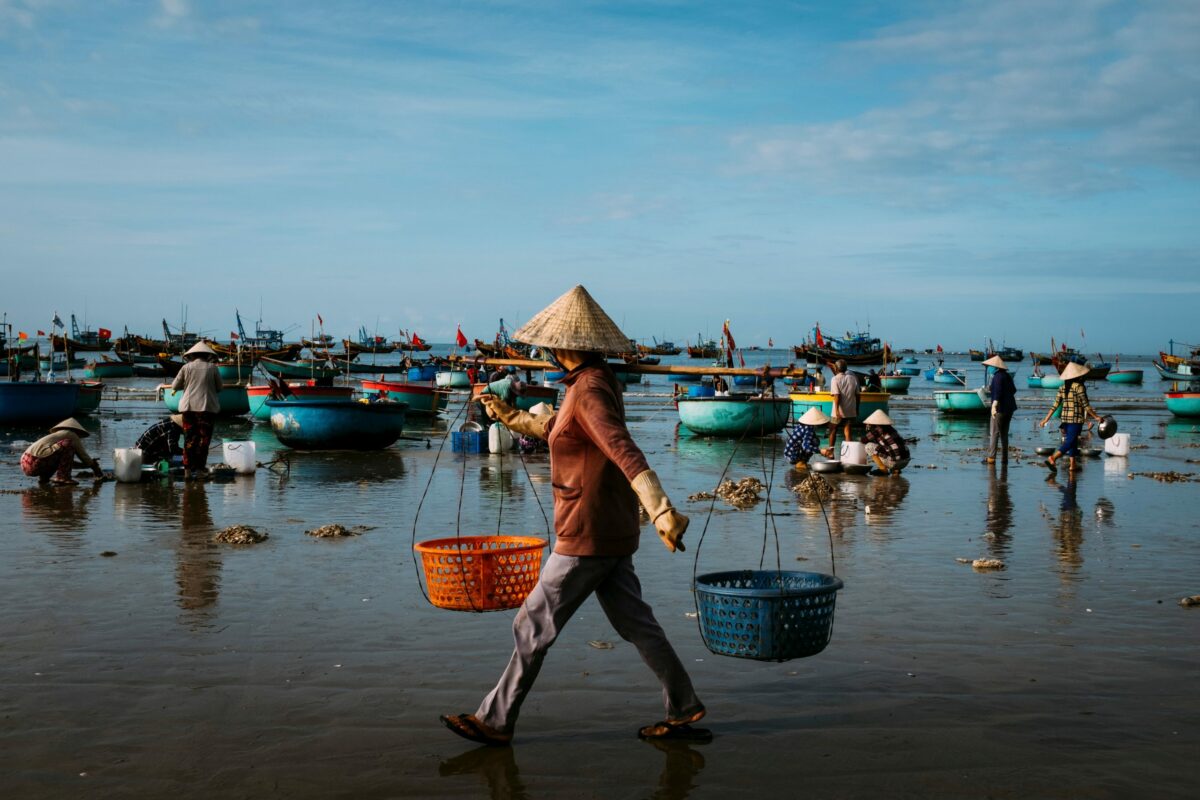Un-recognized
There is currently a lack of recognition when looking at the contribution that is made from women in field of small-scale fisheries along coastal regions. According to Haper et al. (2020) Gender considerations continue to be understated in fishery policies and management worldwide. With women being an essential component to this field of work, the money from donors should go to help support women in these roles.
Women Deserve Investment
Gender inequalities are prevalent in small scale fisheries, as men tend to hold positions that are linked with decision making, according to Lawless et al (2022). Lawless et al (2022) also goes on to explain, that when small scale fisheries priorities are positioned towards ecology, gender is instrumental. With the help of donor funding, initiatives that foster agency and dispute systematic bias will help encourage women in the fishery industry. Stated by Aurthur et al. (2021) more than 50 percent of fish caught in thew world is being caught by small scale fisheries, and from that around 90 percent is consumed locally. Within these fisheries, women play a critical role in assisting with needed nutrition and the effects and adaptations stemming from climate change.
How do the Funds Help
Galappaththi et al. (2022) states that women make up roughly 40 percent of the small-scale fishery workforce and depend on coastal and marine resources for their livelihood. So how can donor funds truly help women? Donor funds can be to run and teach gender inclusive training and leadership programs; they can be used to help provide women with needed technology and infrastructure and can even be used to collect more data to showcase women’s contribution within the industry. Lastly, these funds can aide women establish a voice in management and policies.
Future of Fish
Buck S. (2024) writes about how many women in costal fishing communities often start their day before sunrise and end them much after sundown. Their labor comes at a cost that is not being recognized. By helping to strengthen the voice of women and their opportunity to be in decision-making roles, will help to promise healthy fish for generation to come.
References
Arthur, R. I., Skerritt, D. J., Schuhbauer, A., Ebrahim, N., Friend, R. M., and Sumaila, U. R. (2021). “Small‐scale fisheries and local food systems: Transformations, threats and opportunities.” Fish and Fisheries, 23(1), 109–124.
Buck, S. (2024). “Strengthening women’s voices in small-scale fisheries.” Rare, <https://rare.org/stories-articles/the-unseen-women-of-small-scale-fisheries> (Aug. 3, 2025).
Galappaththi, M., Armitage, D., and Collins, A. M. (2022). “Women’s experiences in influencing and shaping small‐scale fisheries governance.” Fish and Fisheries, 23(5), 1099–1120.
Harper, S., Adshade, M., Lam, V. W., Pauly, D., and Sumaila, U. R. (2020). “Valuing invisible catches: Estimating the global contribution by women to small-scale marine capture fisheries production.” PLOS ONE, 15(3).
Lawless, S., Cohen, P. J., McDougall, C., Mangubhai, S., Song, A. M., and Morrison, T. H. (2022). “Tinker, tailor or transform: Gender equality amidst social-ecological change.” Global Environmental Change, 72, 102434.

